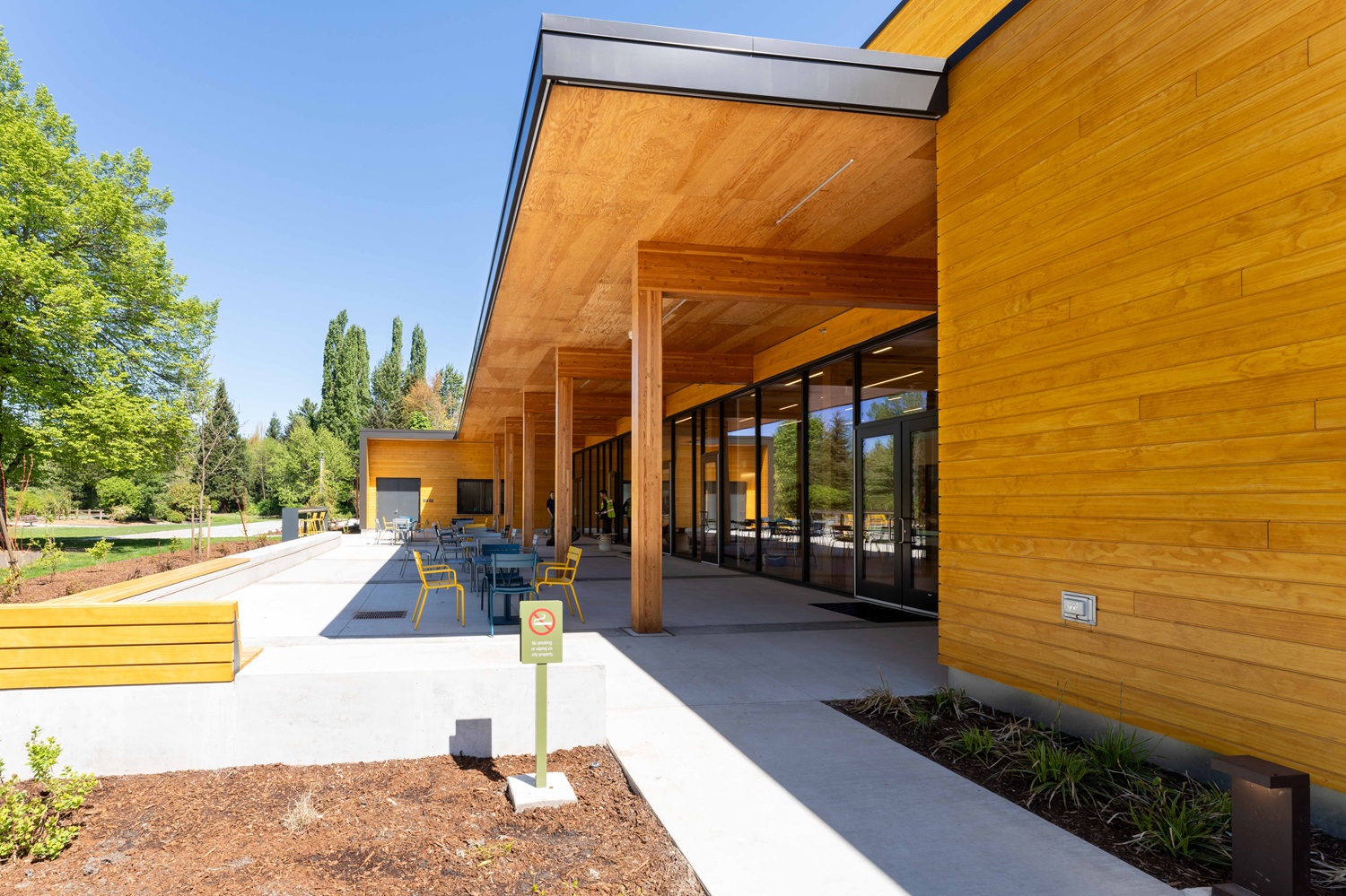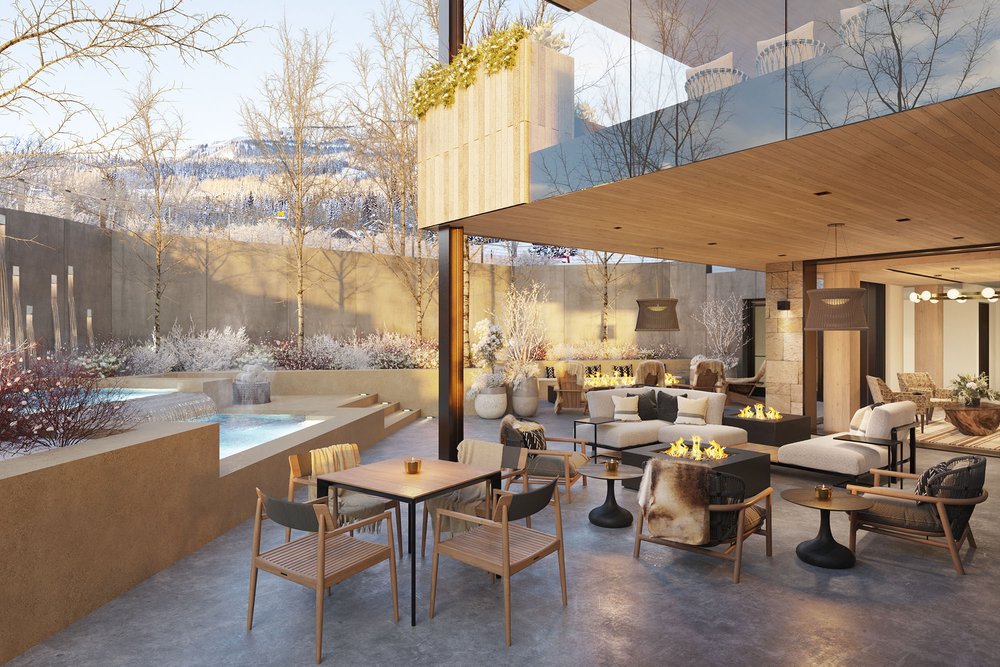Level up your mass timber IQ & stay up-to-date on industry trends


The newly opened Holgate Library, nestled in Southeast Portland, is making headlines as a shining example of mass timber construction. This two-story architectural marvel, spanning 21,000 square feet, triples the size of its predecessor and now stands as one of Multnomah County's largest libraries. Built with sustainability and community in mind, the Holgate Library project champions mass timber's aesthetic and structural benefits while paying homage to its historic roots.
Mass timber is a favorite among architects and builders due to its inherent sustainability, strength, and visual warmth. This category of engineered wood products includes large panels and beams, offering an exciting alternative to traditional steel and concrete construction.

The Holgate Library project is a testament to the power of community engagement. Through a series of public meetings and design workshops, the library team sought input from residents to ensure the building reflected the diverse needs of its community.

The library's standout feature is its distinctive "butterfly" roof, gracefully curving inward on the north and south sides. Extending from these curves are mass timber canopies, which provide shelter for visitors at both entrances and visually connect the building to the surrounding landscape.
Ed Quesenberry, S.E., Founding Principal of Equilibrium Engineers, LLC, the project's structural engineer, shared his appreciation for the canopies: "I like the canopies over the north and south entries. The canopy framing is an extension of the mass timber floor system, so it tells the structural story of the building before you even enter it.”
Large glass windows on the ground floor offer glimpses into the children’s library and flexible meeting spaces, creating a sense of openness and inviting passersby to engage with the library's activities.
The Holgate Library's structure is a hybrid structure, maximizing structural efficiency and aesthetic appeal. The ground floor, divided into several rooms, utilizes a denser column layout to accommodate the heavy library floor loads, primarily from book stacks. The second floor, however, features a more open design with fewer columns, as the lighter roof loads allow for longer spans.

This innovative timber frame utilizes the following:
The primary timber species used throughout the project is Douglas-fir, known for its strength, durability, and regional availability. The project spans 21,000 square feet across two stories. Using mass timber over conventional steel and concrete construction reduced the building's carbon footprint by 61%.
Quesenberry acknowledged the team's significant structural challenge: "finding the right structural system that could both support heavy library floor loads and withstand severe seismic loads, all in alignment with the project’s aesthetic goals and budget." The solution strategically combined mass timber for its gravity load-carrying capacity with steel braced frames to resist lateral forces. This approach ensured structural integrity while preserving the desired aesthetic and staying within budget constraints.
The Holgate Library is a powerful symbol of what can be achieved when design innovation, community engagement, and sustainable building practices converge. It serves as a source of inspiration for future library projects and underscores the transformative potential of mass timber in creating beautiful, functional, and environmentally responsible buildings.
Project team:
This is a partial list of all the individuals and organizations contributing to the Holgate Library project. In the comments section, please let us know if you contributed in any way.

Lead mass timber projects with confidence — and leave delays, redesigns, and budget blowups behind.
✅ Solve early-stage design, sourcing, insurance, permitting, code & cost hurdles before they derail your project.
✅ Find technical answers on design, detailing, procurement, embodied carbon ROI, hybrid systems & more.
✅ Build relationships with developers, GCs, architects, and engineers shaping mass timber’s future.
Get your ticket— and get the insights, skills, and network to deliver mass timber projects successfully.




